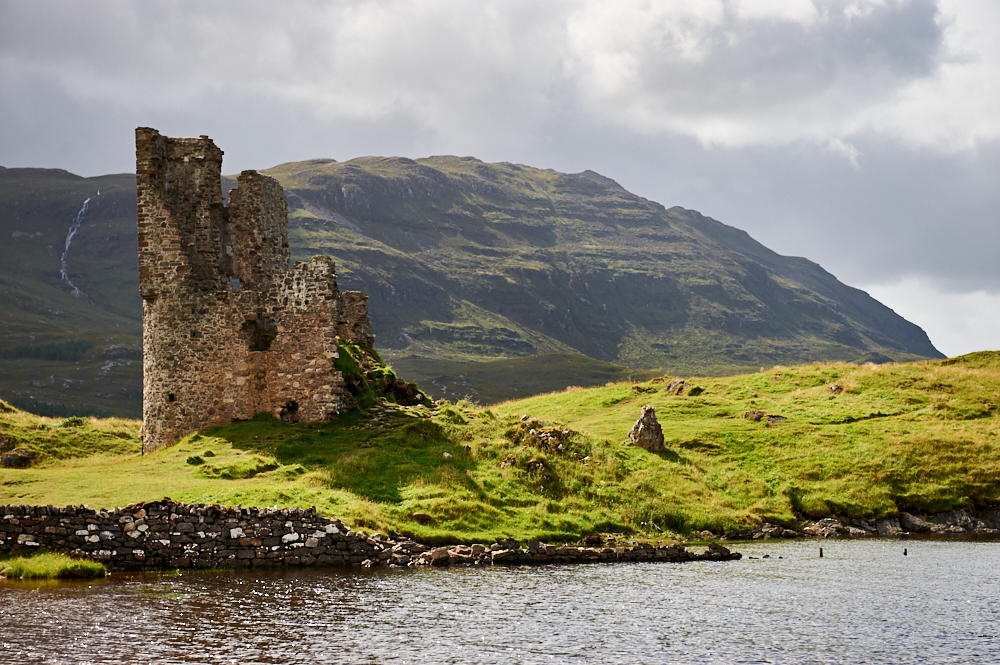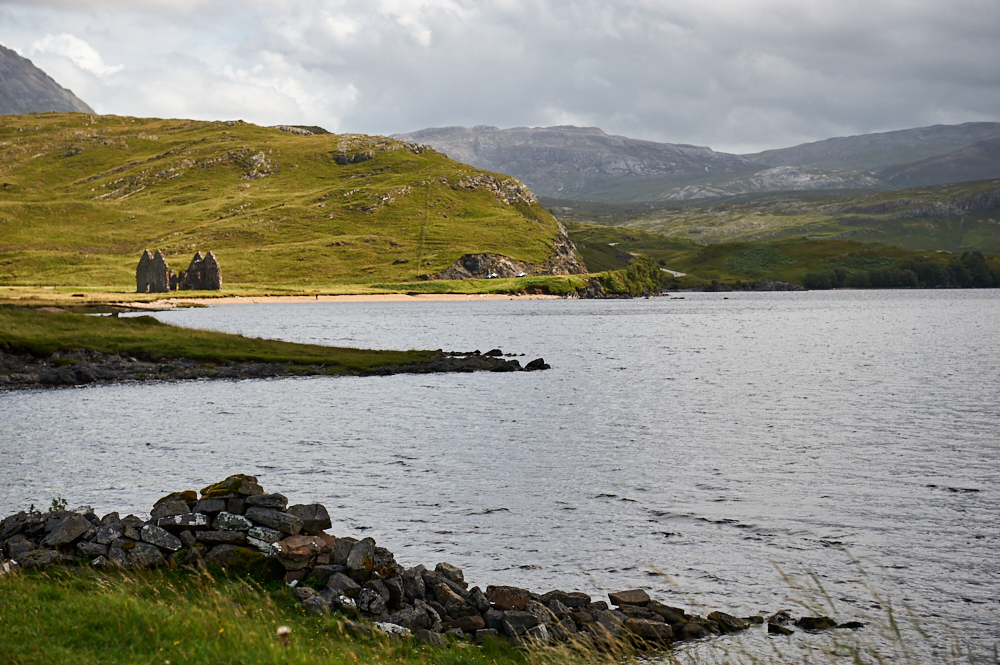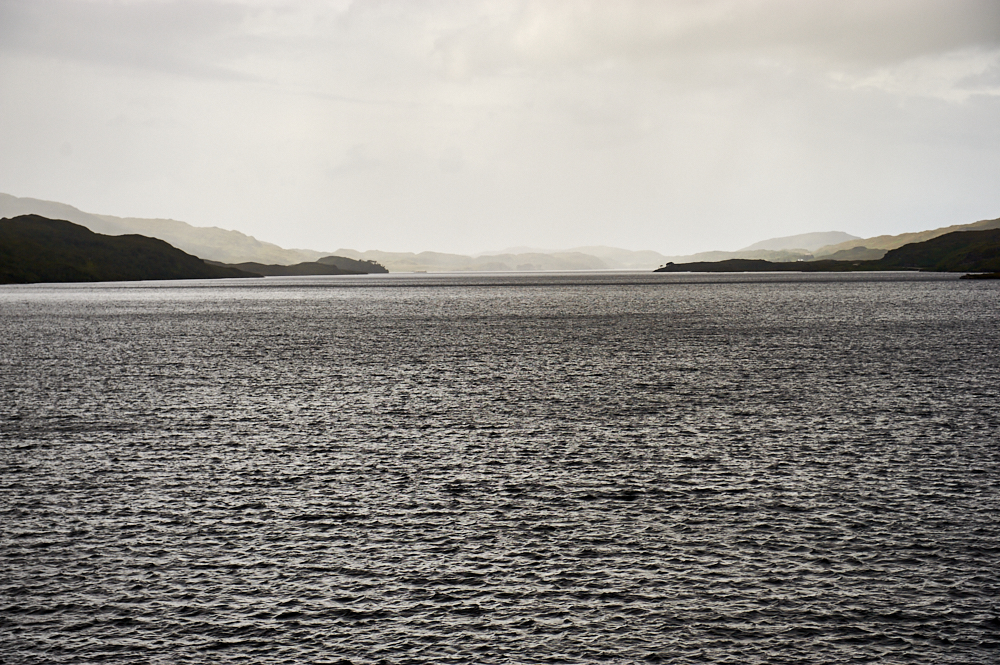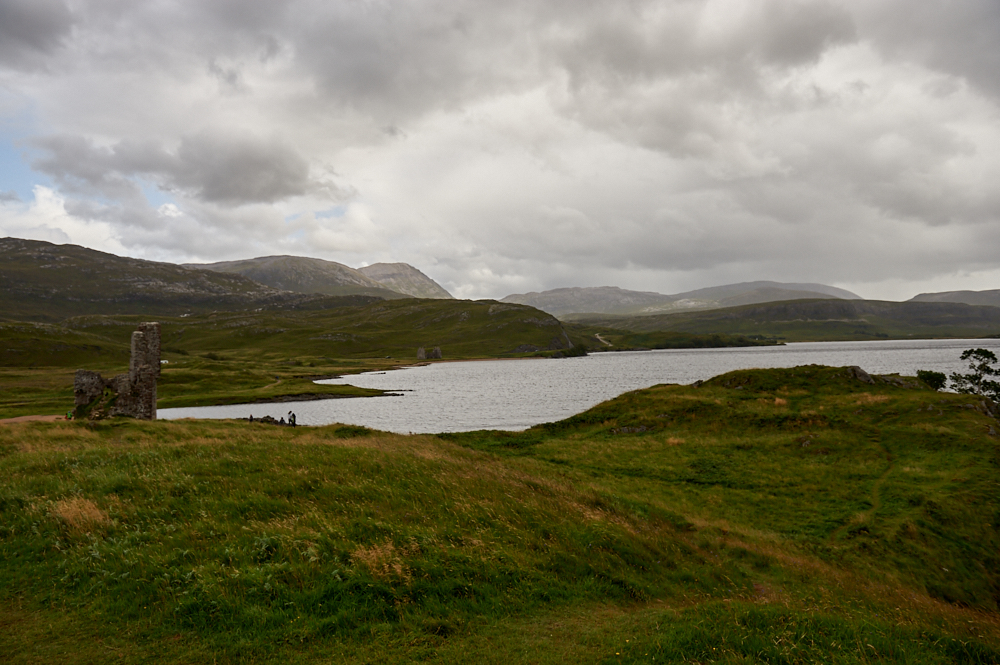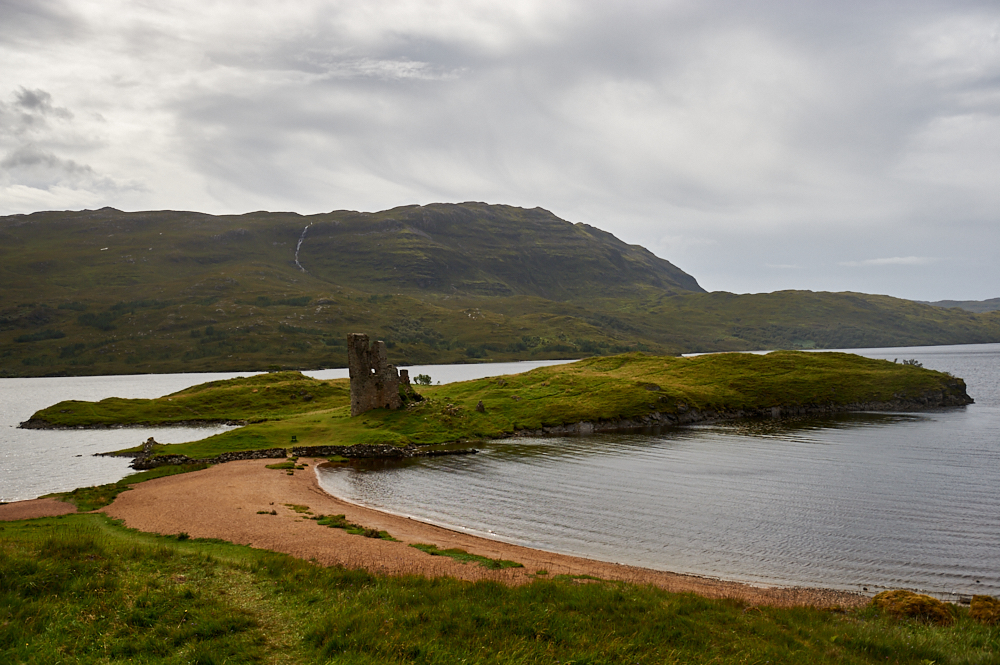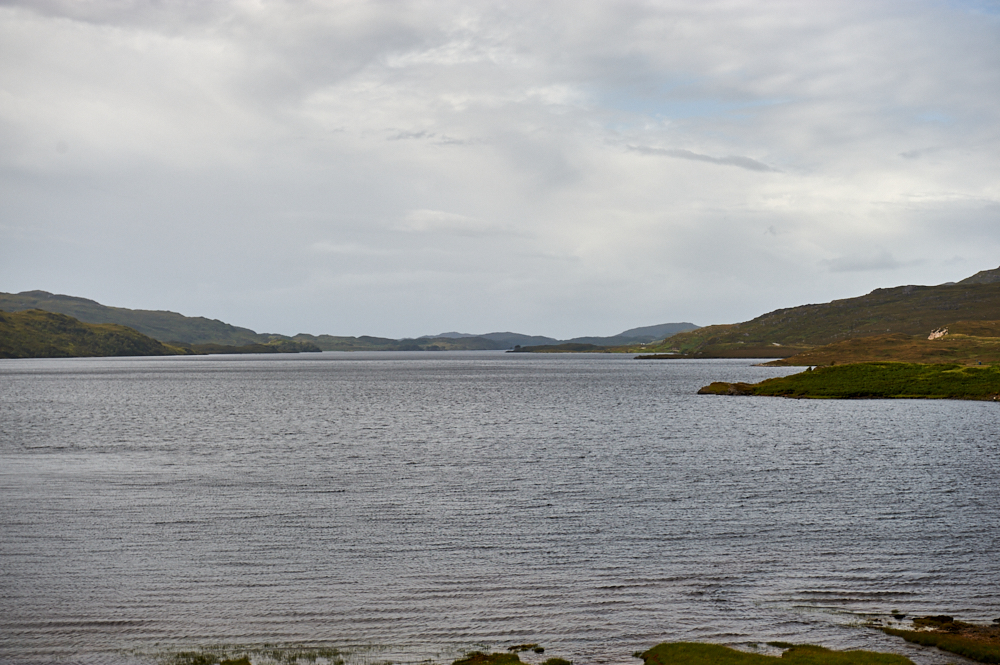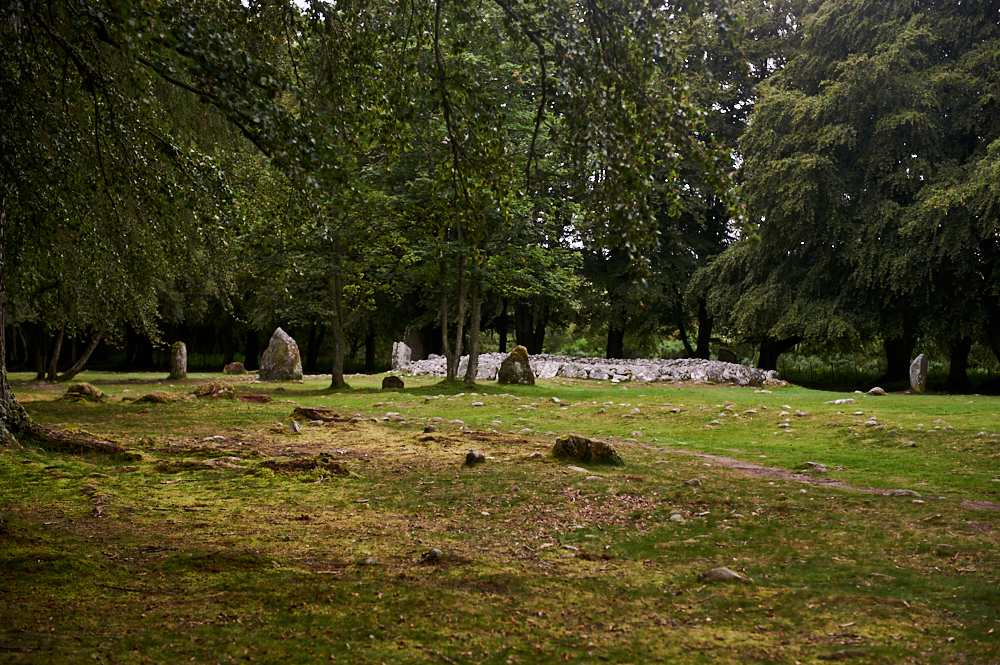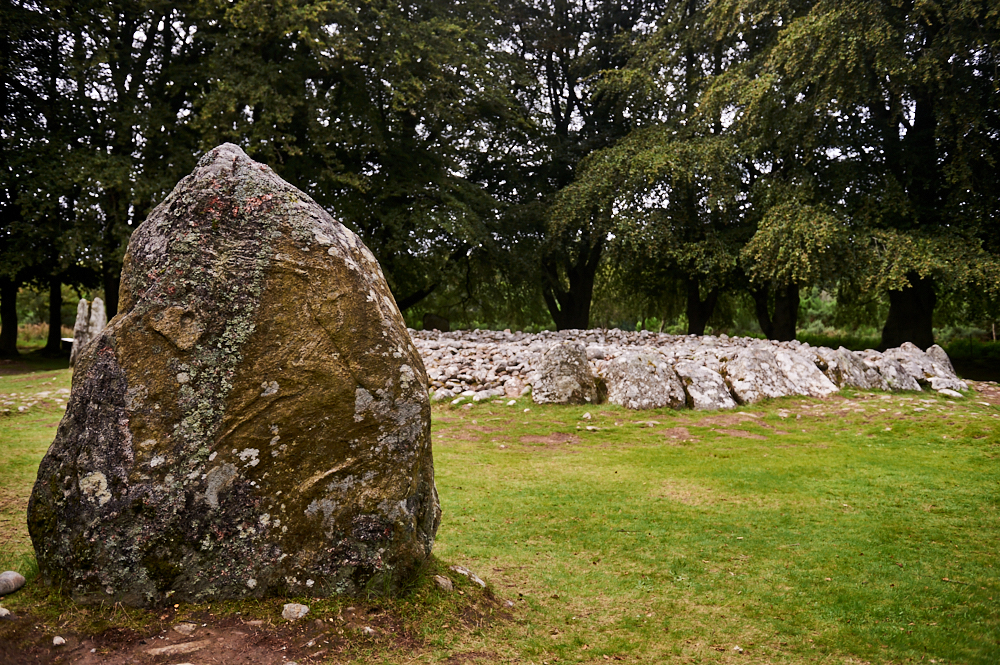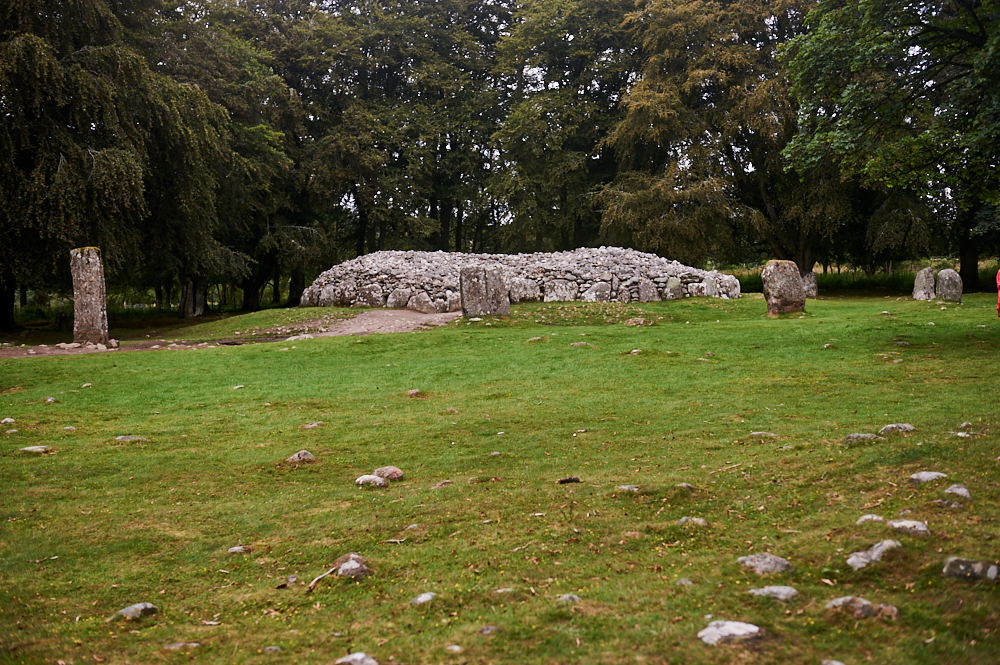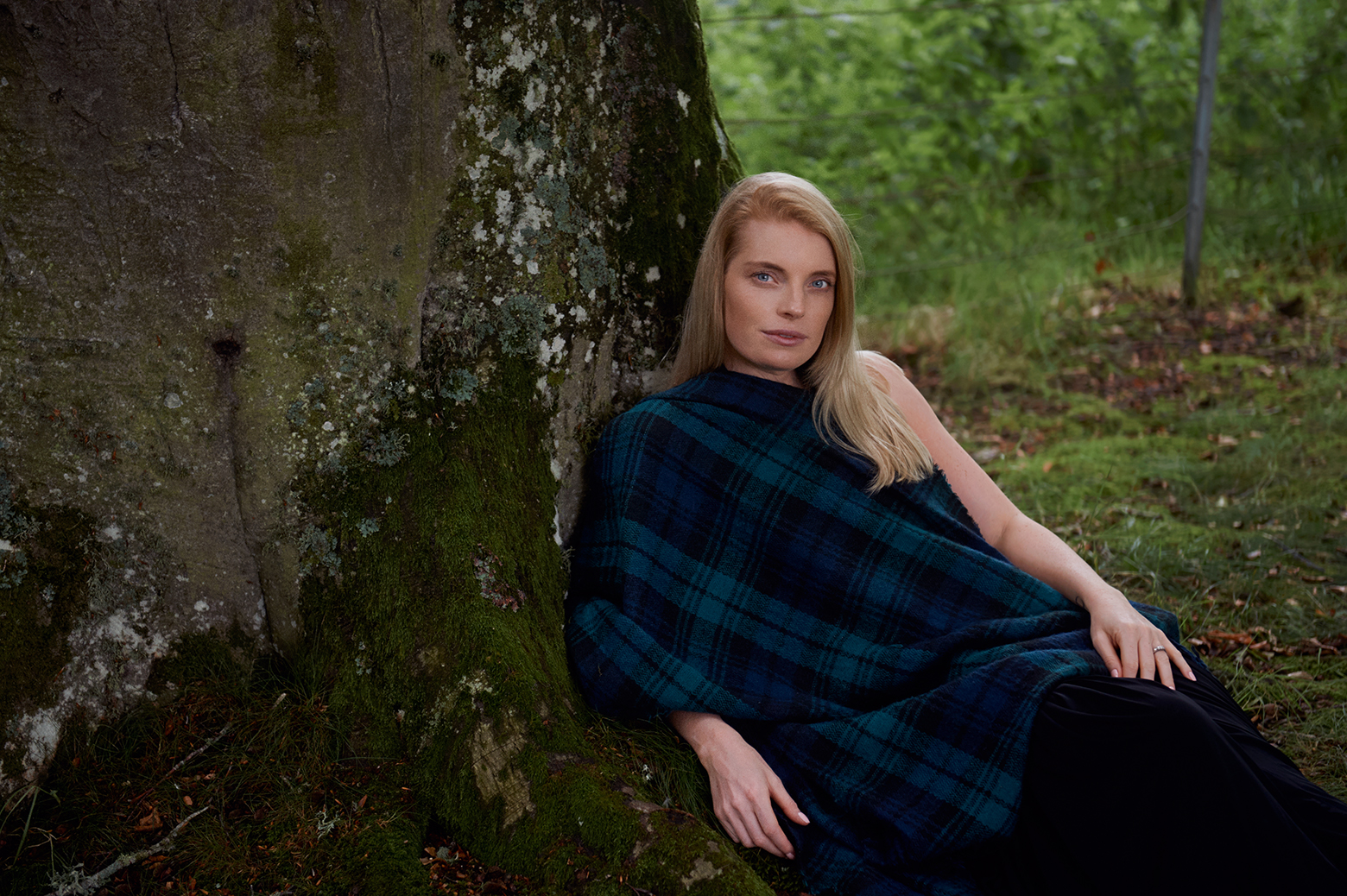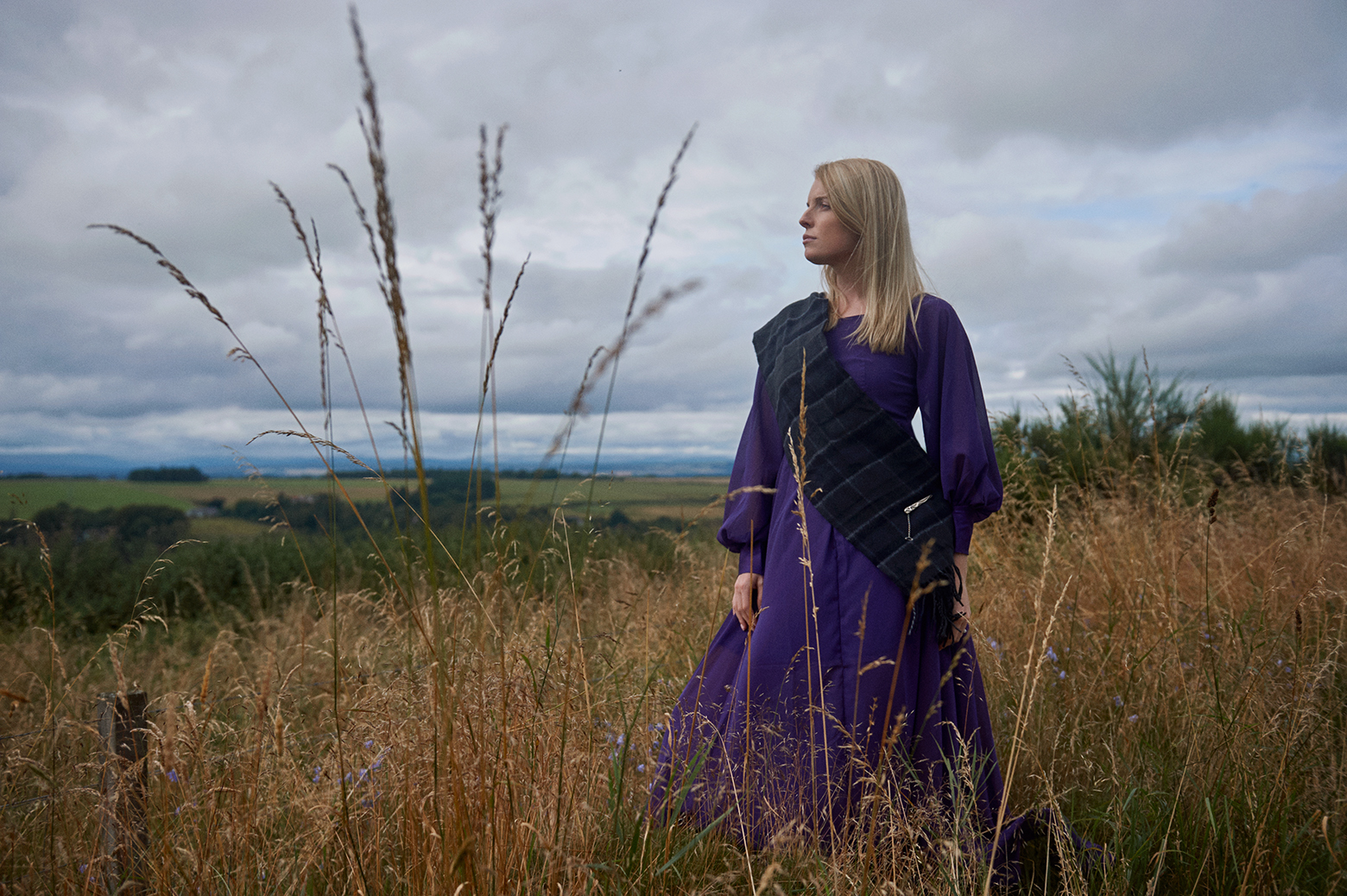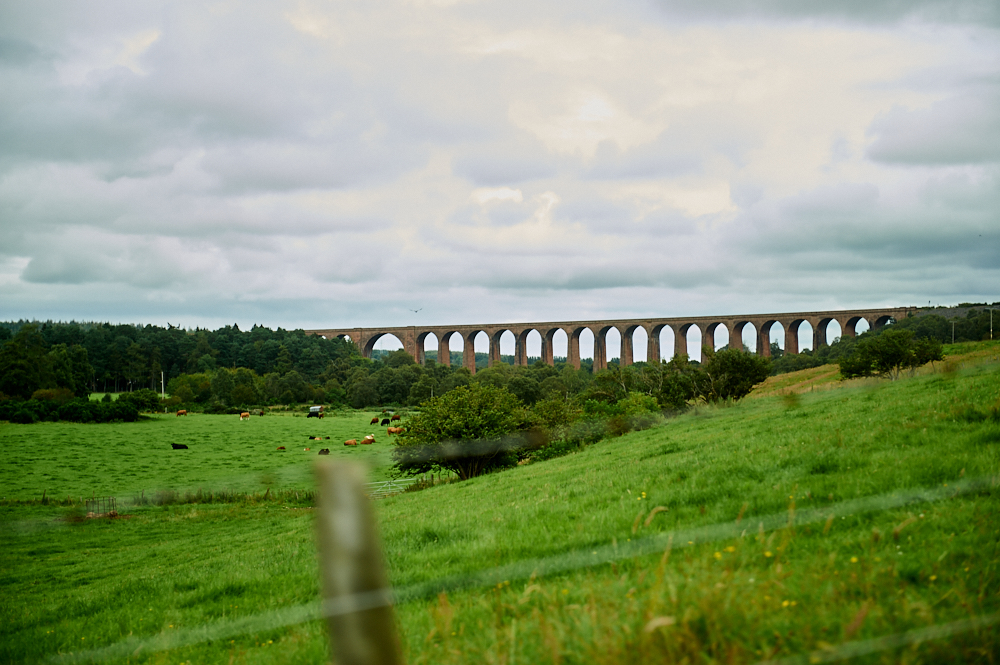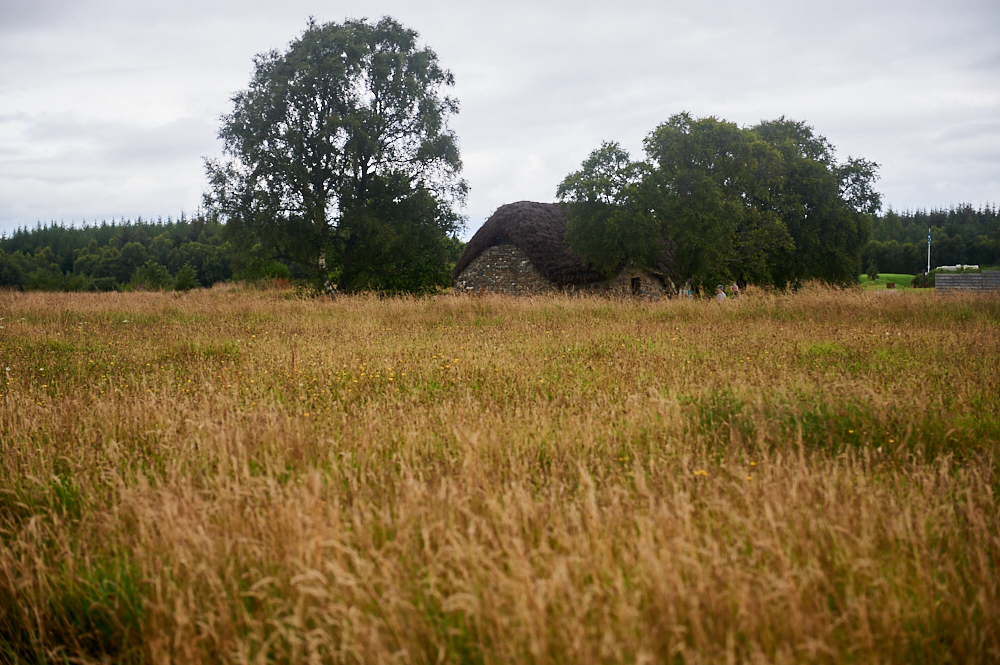
A battlefield near the village Culloden, the powerfully moving site of the final Jacobite Rising, the last battle to be fought on British land. It was the end of the Scottish Highland clan culture and the end of an era for Scotland.
On 16 April 1746, the final Jacobite Rising came to a brutal head. Jacobite supporters, seeking to restore the Stuart monarchy to the British thrones, gathered to fight the Duke of Cumberland’s government troops. It was the last pitched battle on British soil and, in less than an hour, around 1,500 men were slain – more than 1,000 of them Jacobites. (Visit Scotland)
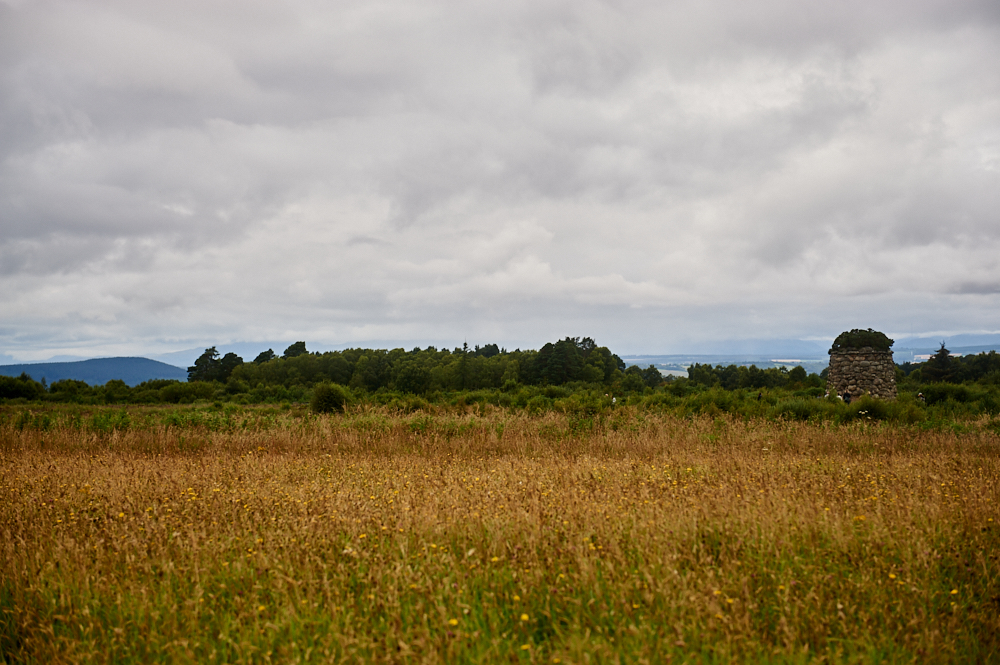
The Battle of Culloden was fought on Drumossie Moor, to the northeast of Inverness, it was the last of the great Jacobite risings, attempts to reinstate a Stuart monarch on the throne of Britain and was led by Charles Edward Stuart, also known as Bonnie Prince Charlie or the Young Pretender.

The Jacobites
The term Jacobites derives from the Latin “Jacobe” which means James, a very popular Christian name in the Stuart family. Bonnie Prince Charlie was the son of the Old Pretender, James Francis Edward Stuart, and grandson of the deposed James II of England. He landed in Scotland in July 1745 in an attempt to throw King George II from the throne. The Hanoverian line became the kings of Britain when in 1603 when King James VI of Scotland had travelled south to become King James I of England and Ireland.

Charles sought and raised support for his cause amongst the Highland clans and most of them supported him. Just a few were loyal to the Hanoveranians, while most of the lowland Scotland opposed the Jacobites movement.
Charles and his gathering army reached Perth on September 4, 1745, where the Young Pretender proclaimed his father, the Old Pretender, to be the rightful King. He took Edinburgh on September 17 and won a decisive victory at Prestonpans on September 21. Carlisle fell on November 15 after a short, five-day siege, and the Jacobites marched on toward London through Lancaster, Preston and Manchester. The army reached Derby on December 4, but turned back to Scotland two days later on the advice of Lord George Murray and several of the Highland Chiefs when it became clear that the much-promised support of the French and the English Jacobites wasn’t forthcoming. It was this retreat, against the wishes of Charles himself, which many historians believe to have been the fatal move which defeated the ’45 rising. (BBC History)
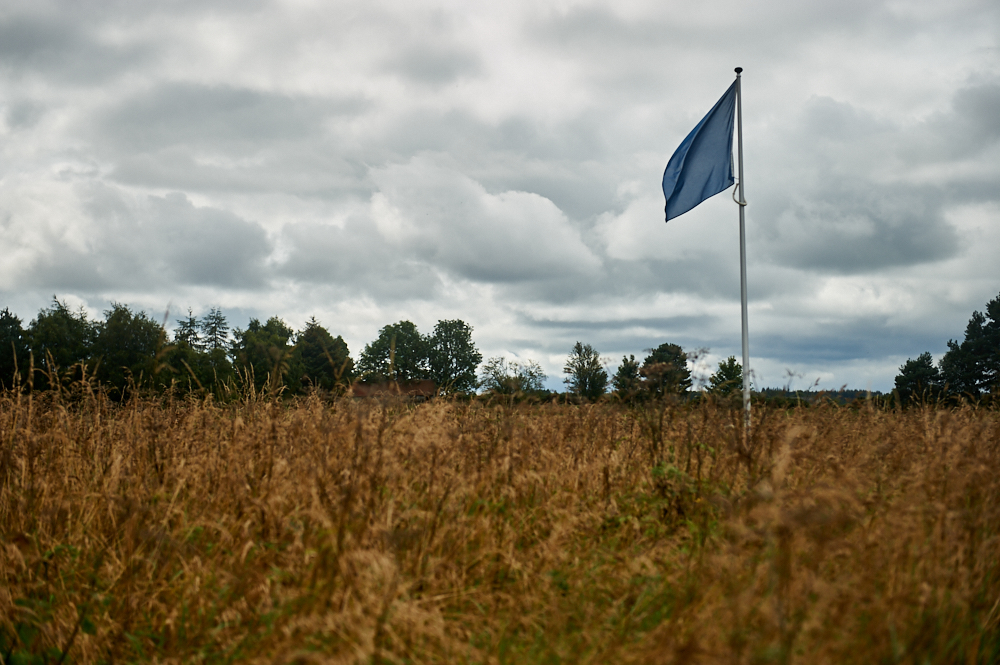
The Jacobites retreated to the Highlands but still had a few victories against the British. The British army trained and exercised in Aberdeen. Charles tried to avoid direct contact with the British army and used guerrilla tactics which were so effective in Highland warfare. But the funds of the Jacobites were running low and something had to happen.
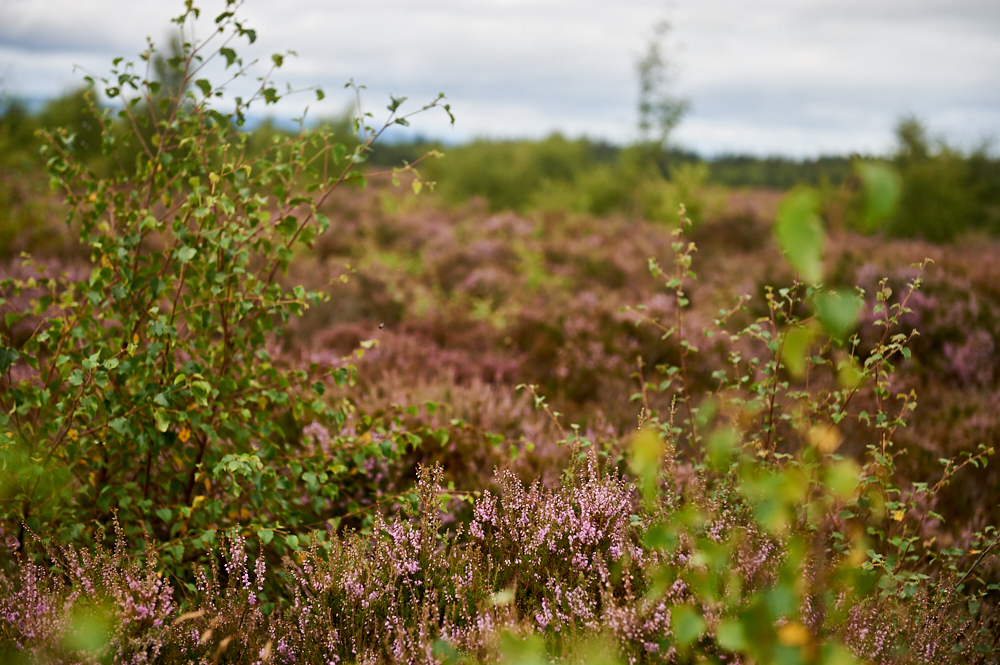
The Battle of Culloden
On the night of April 15-16, Charles tried to a surprise attack on the Hanoverian camp near Nairn, but the plan failed and the Jacobite had to retreat to Culloden, a marshland. When the British army advanced into the field on the next day they outnumbered the Jacobites by 9000 to 6000 and the Jacobites were exhausted from the nightly raid.
The marshland wasn´t in favour of the tactics of the Highlanders but it suited the heavy artillery and cavalry of the British. The Jacobite army was defeated into retreat and the ones still alive fled towards Inverness or the mountains. The British army hunted many of them down and killed them.

Culloden Today
Today the Culloden Visitor Center of the National Trust of Scotland stands beside the battlefield, features artefacts from both sides of the battle and tells the story of the Jacobites.

It is an airy walk through the fields, which are marshland again. Even so, there were many visitors it felt quiet. Gravestones mark the graves of hundreds of clansmen and also British soldiers that were killed on that day.
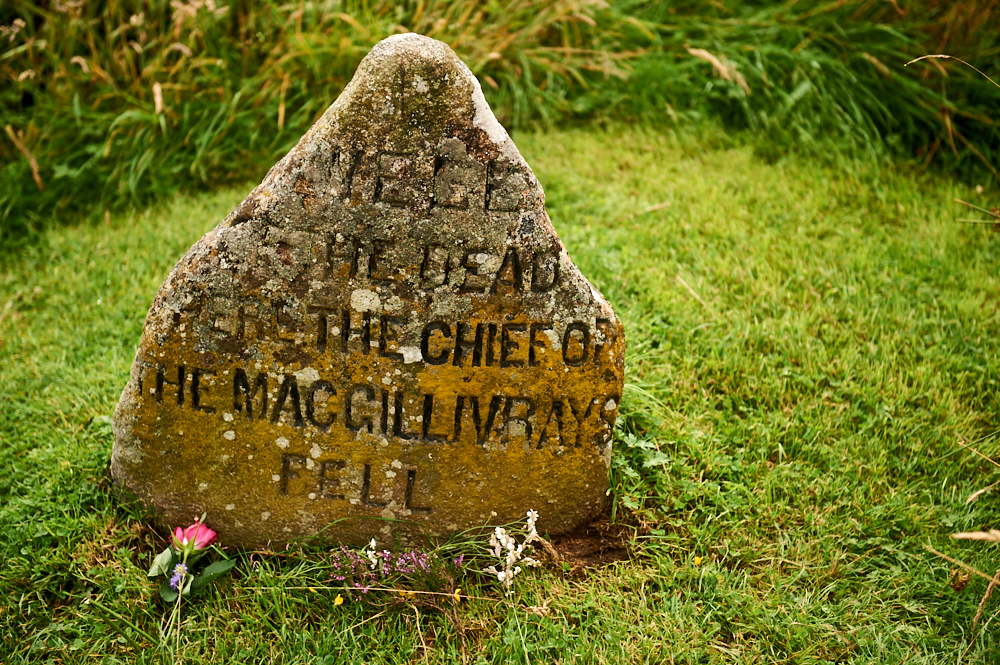
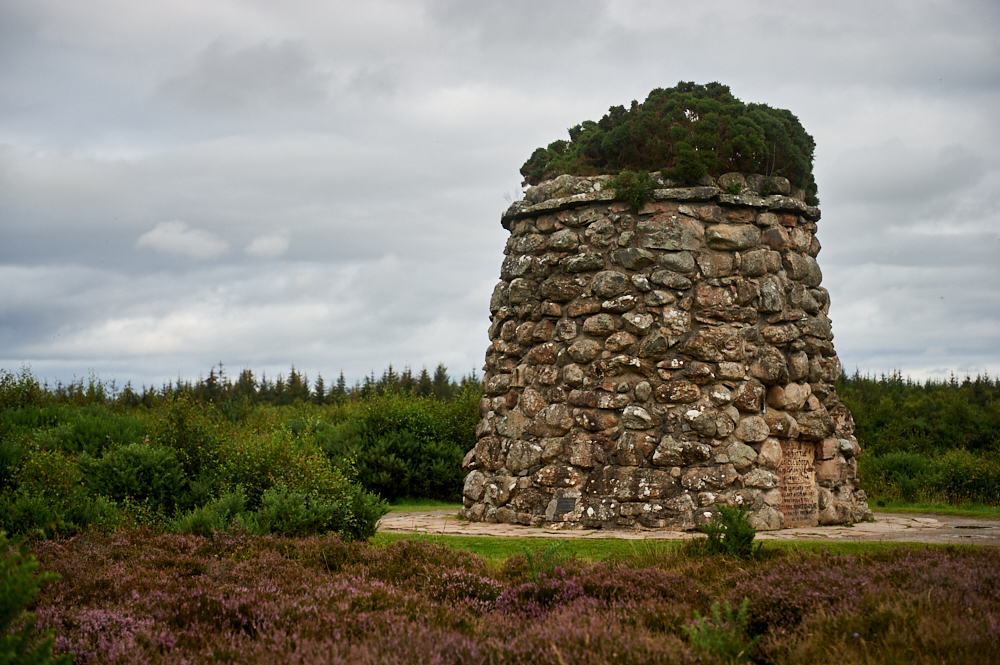
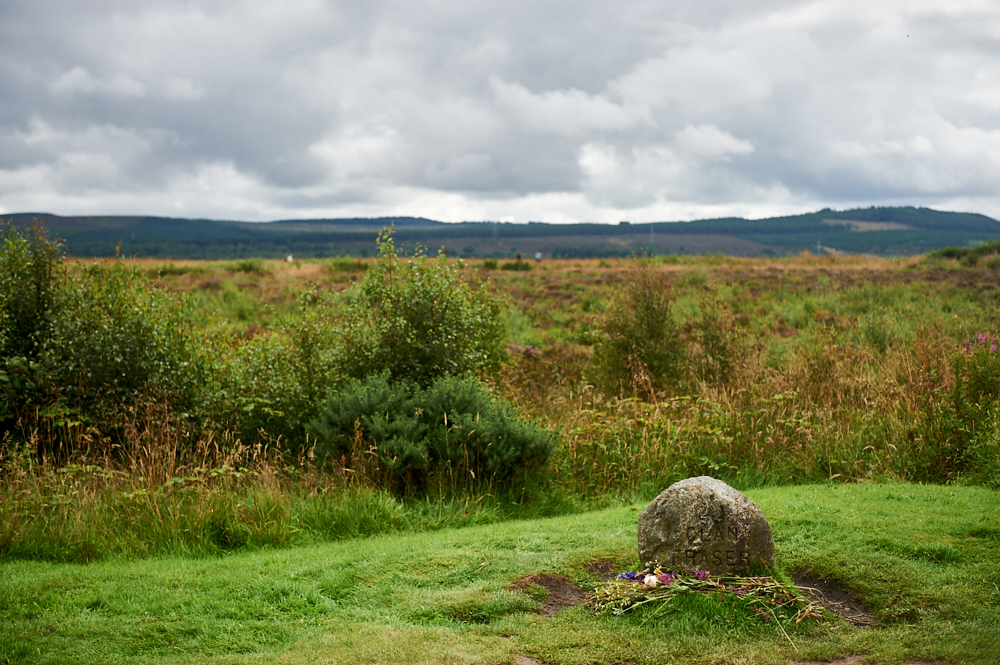

Leanach Cottage
Originally built in the 18th century the traditional thatched cottage has seen many changes since then. Lived in until 1912 it felt into disrepair afterwards.
The cottage was later restored and served as the first visitor centre for people coming to see Culloden Battlefield. Now the cottage is a temporary exhibition space for you to discover more about Culloden’s heritage. (National Trust for Scotland)
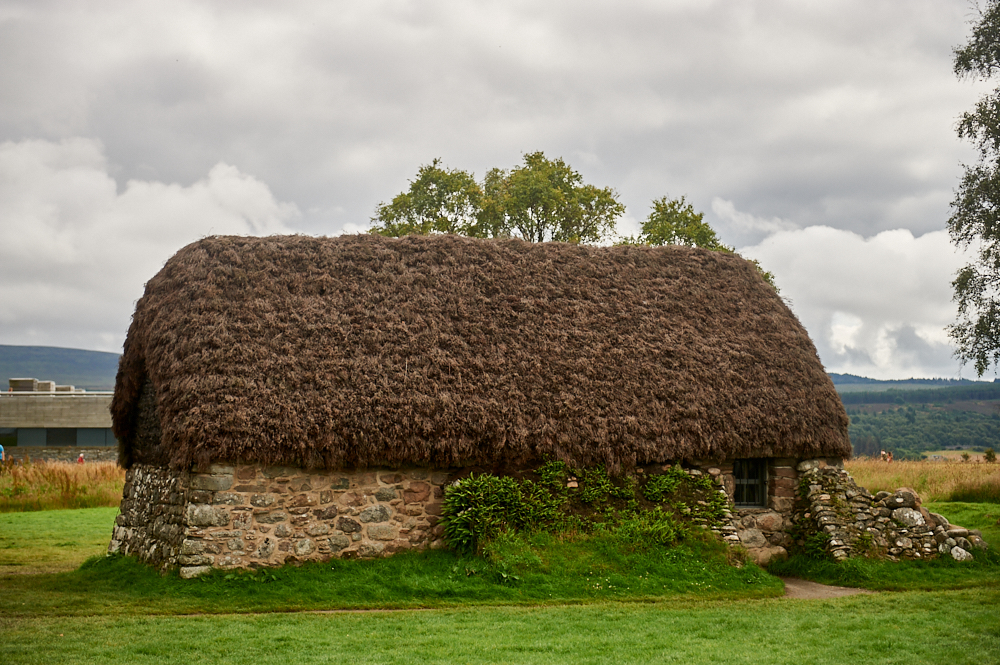
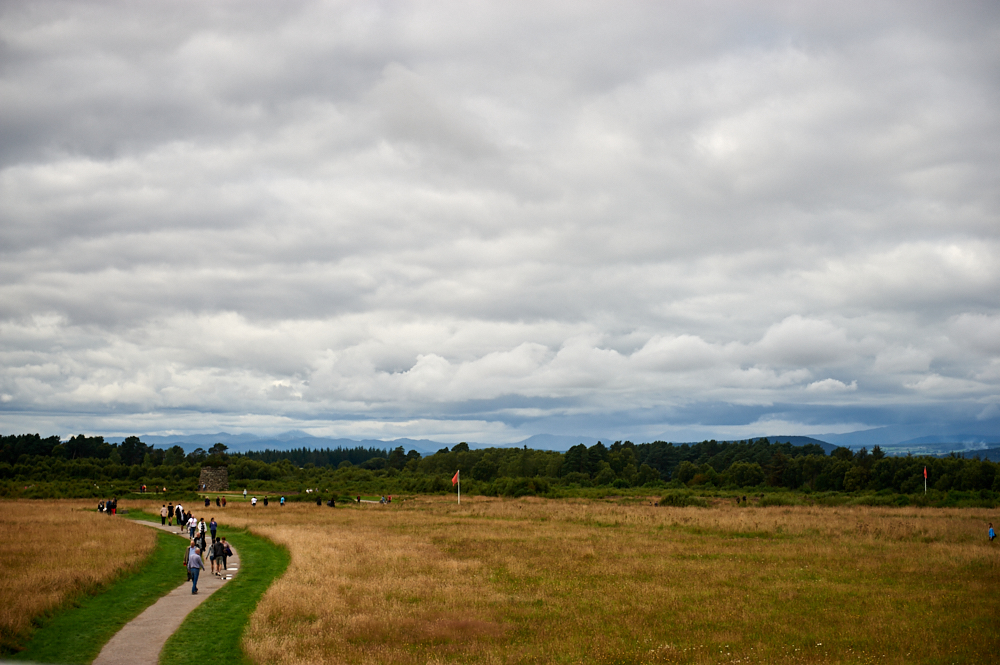
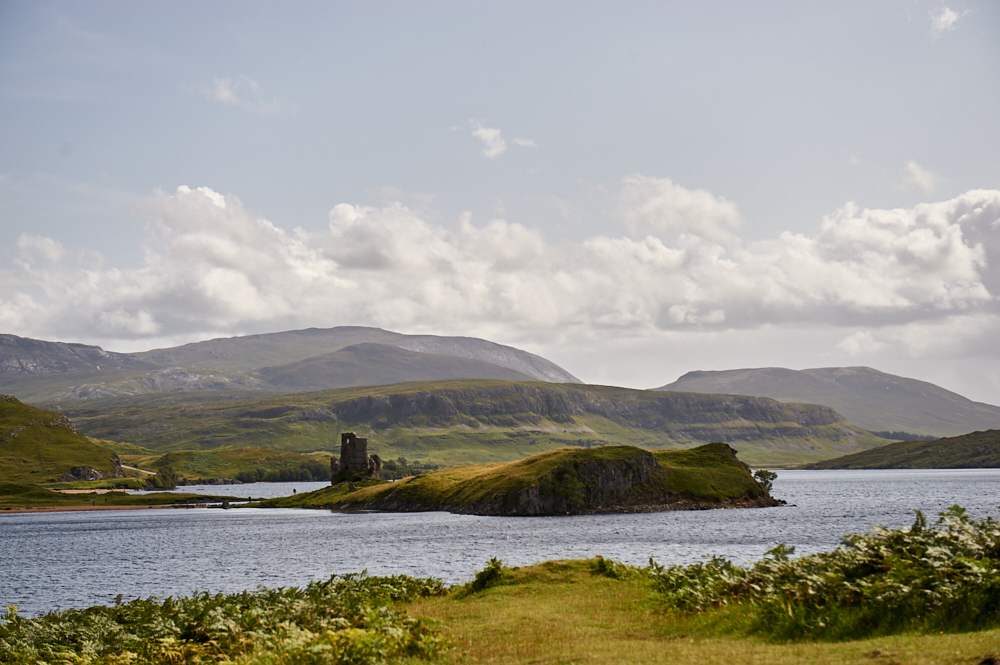
 Ardvreck Castle dates back to about 1490, a time when the land was owned by the Macleods of Assynt.
Ardvreck Castle dates back to about 1490, a time when the land was owned by the Macleods of Assynt.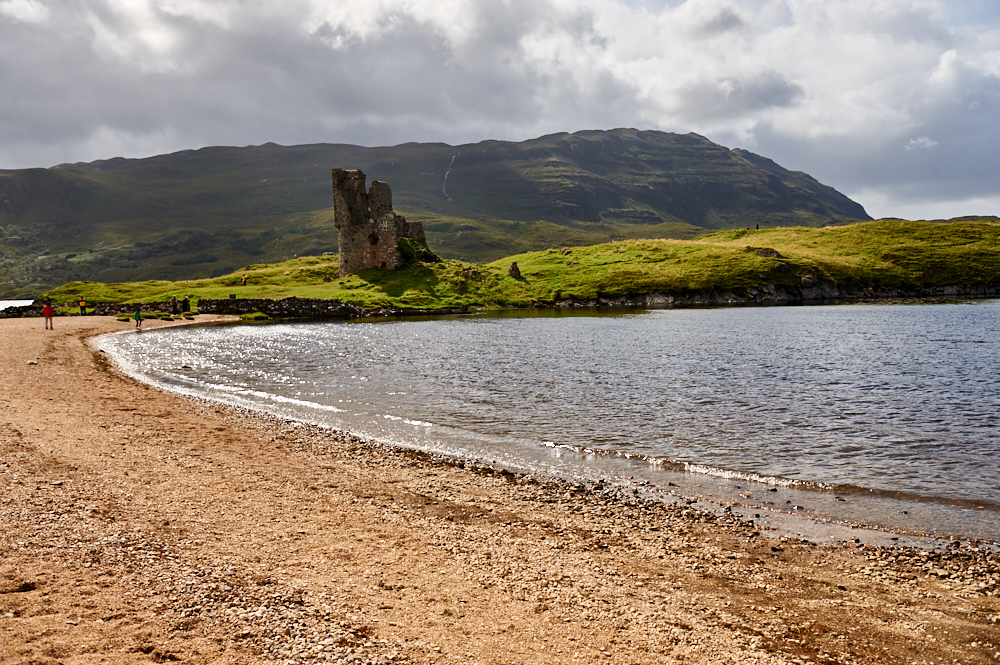
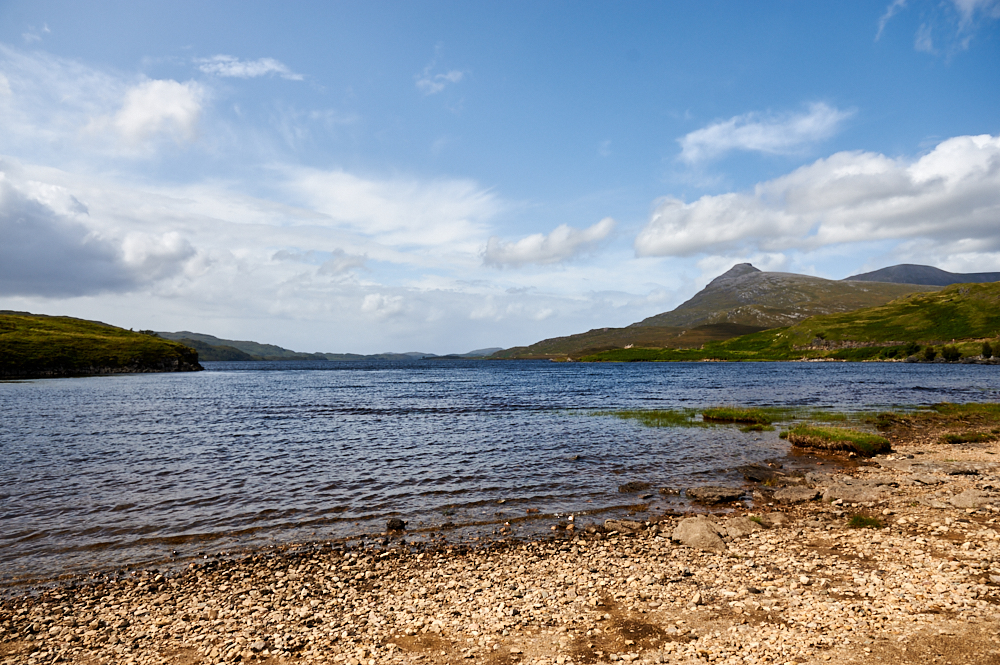 In 1758 the land and house were sold to the Earl of Sutherland.
In 1758 the land and house were sold to the Earl of Sutherland.